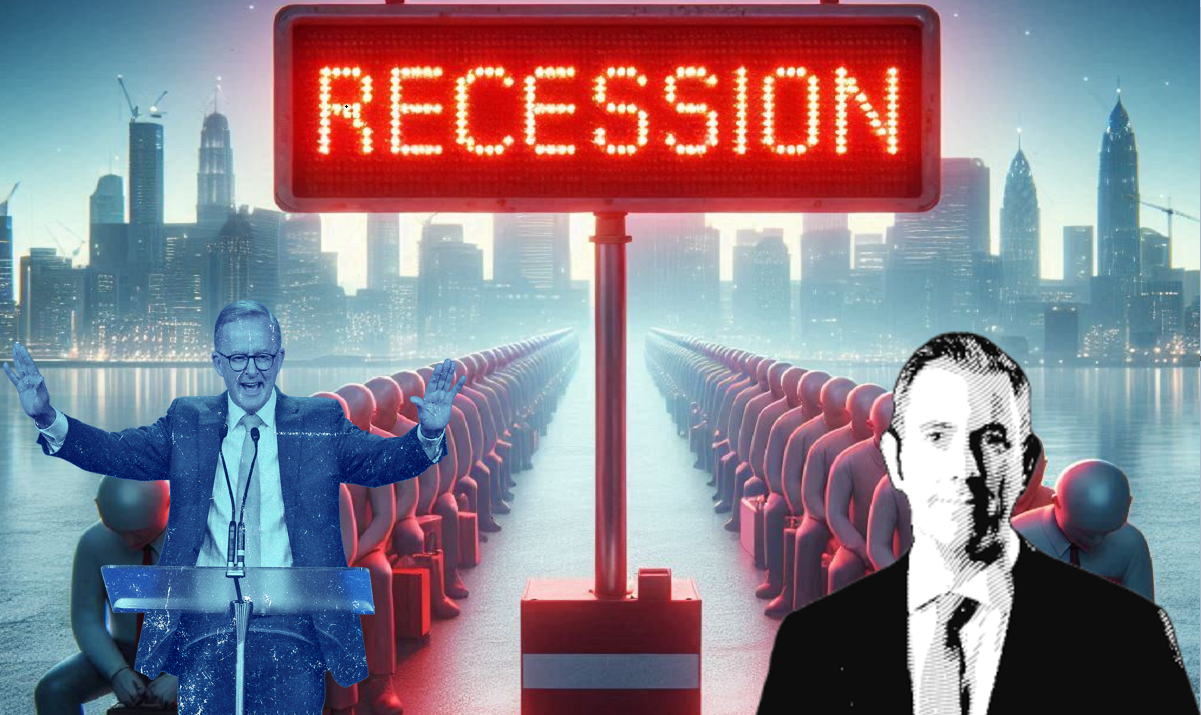Australian Dollar Gains On Strong Employment Numbers

- by Admin
- October 17, 2024

What’s going on here?
The Australian dollar rallied after Australia reported a surprising rise in employment numbers, casting doubt on any forthcoming rate cuts.
What does this mean?
Australia’s job market is proving resilient with a net employment increase of 64,100 jobs in September. This growth has eased concerns about an interest rate cut from the Reserve Bank of Australia. Meanwhile, the US dollar is near an 11-week high, buoyed by solid economic data. Globally, China’s efforts to boost its property sector fell flat due to a lack of substantial policies. In Europe, the euro dipped as the European Central Bank preps for a predicted rate cut, while the British pound dropped on weaker UK inflation numbers. The Japanese yen stayed weak against the dollar, and the New Zealand dollar remained unchanged after aligning domestic inflation within targets.
Why should I care?
For markets: Currencies caught in a global dance.
The shifting currency landscape reflects ongoing economic adjustments. The Australian dollar’s rise challenges assumptions about rate cuts, while the unwavering strength of the US dollar highlights broader global pressures. Investors are eyeing the eurozone for potential monetary easing, leading the euro to a two-month low. These movements provide insights into economic health and strategic central bank decisions across continents.
The bigger picture: Economic signals across borders.
The interplay of global currencies paints a picture of varied fiscal health and policy directions. With the US dollar as a robust anchor amid international uncertainty, it underscores America’s economic resilience. Meanwhile, countries like China wrestle with internal challenges like property sector struggles. Grasping these dynamics helps predict potential shifts in global economic strategies ahead.
The Latest News
-
December 22, 2024Fearless teen debutant touches down for Boxing Day
-
December 22, 2024Aussie Ashes prep ramps up with trans-Tasman series finale: ODI LIVE
-
December 22, 2024The remarkable Lleyton Hewitt feat Cruz Hewitt can emulate after being handed 2025 Australian Open wildcard
-
December 22, 2024Forgotten man removes himself from Test talk
-
December 22, 2024Tiger Woods’ son Charlie makes a hole-in-one in the final round of the PNC Championship – Australian Golf Digest





